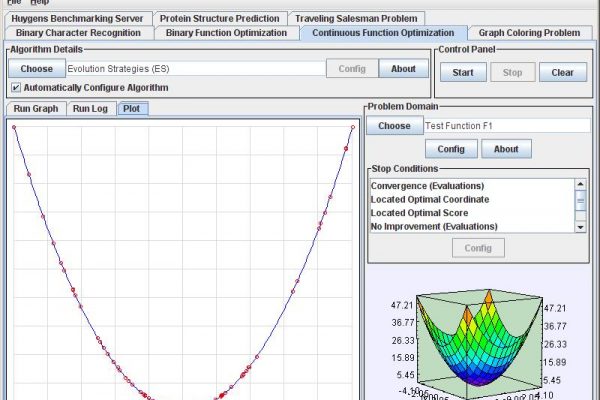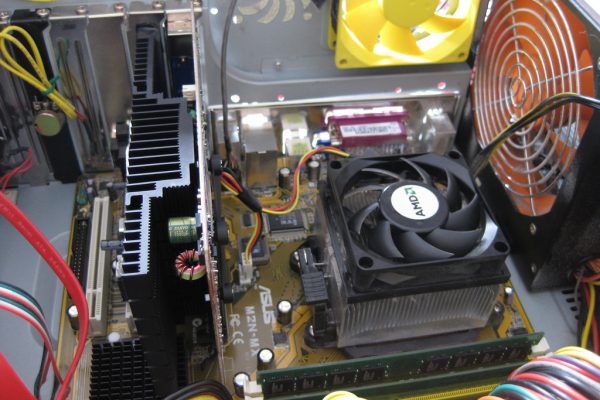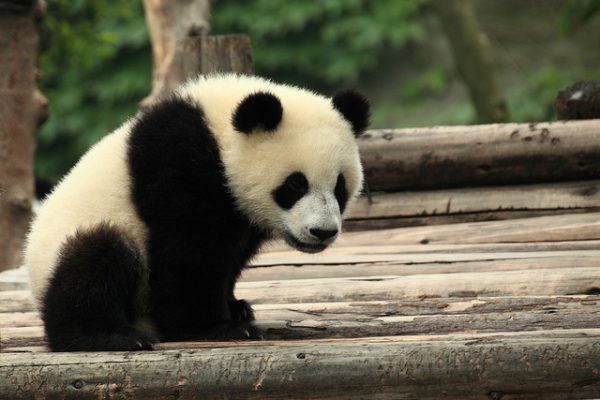Machine Learning for Money
Last Updated on September 27, 2016 A question I get asked a lot is: How can I make money with machine learning? You can get a job with your machine learning skills as a machine learning engineer, data analyst or data scientist. That is the goal of a great many people that contact me. There are also other options. In this post, I want to highlight some of those other options and try to get your gears turning. There are […]
Read more








